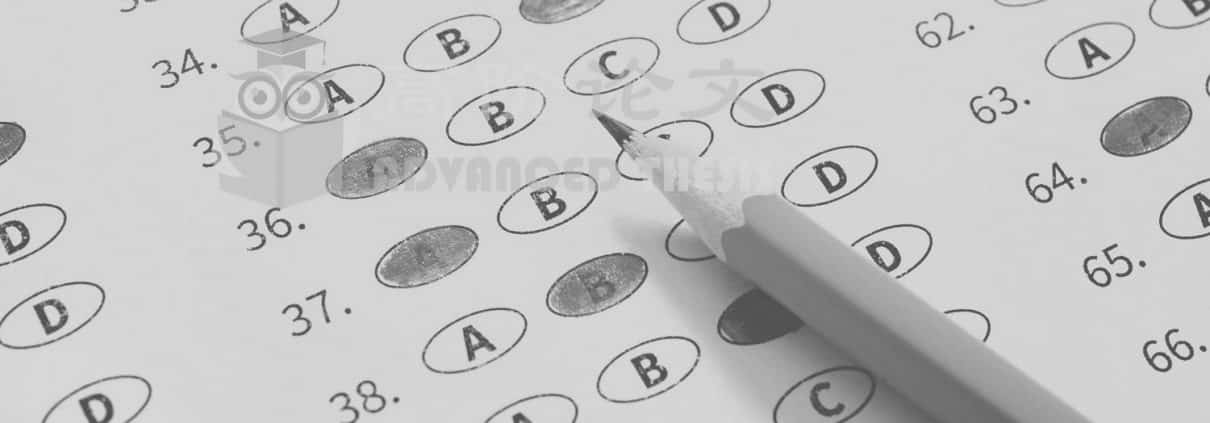論文代寫推薦:創建一個社會包容性的城市的挑戰
論文代寫推薦:創建一個社會包容性的城市的挑戰
創建一個具有社會包容性的城市所面臨的主要挑戰已解釋如下。從各個方面來看,基礎設施領域都在增長。近年來也觀察到收入方面存在著相當大的差距(Durand-Lasserve和Royston, 2002)。城市中存在著巨大的收入差距,這導致了負面效應的螺旋式上升。以馬拉維為例,這些國家的經濟增長和城市化水平都很高(Mitchell, 2003)。這種增長並不相同。這導致了一種範式,即社會中的人們沒有真正的增長。巨大的收入差距導致人們居住在根本不適宜居住的地區。
在利潤豐厚的領域有不斷的發展,而在其他領域幾乎沒有發展。這就導致了內城的人們無法獲得基本的設施,導致了人們的問題(Zeleza-Manda, 2009)。發達地區的人口繼續增長。另一方面,受壓迫地區的人民沒有發展的空間。即使是在監測支持的情況下,也有一些系統性的問題需要解決,以建立一個包容的國家。僅僅把錢投入運營是不夠的。應該有一個更全面的計劃,解決問題的根源和系統中的隱性偏見。這一點在消除貧民區貧困的BMGF努力中得到了清楚的體現。
論文代寫推薦:創建一個社會包容性的城市的挑戰
Key challenges that exist in the creation of a socially inclusive city have been explained in the following. Across the spectrum there has been growth in many areas of infrastructure. There is also a considerable gap in the income that has been observed in the recent times (Durand-Lasserve and Royston, 2002). There is significant income gap in the cities that leads to the negative spiralling of effects. In the case of Malawi there have been high levels of growth and urbanization in the societies (Mitchell, 2003). This growth is not found to be the same. This has led to the paradigm where there is no real growth to the people in the societies. There is a considerable income gap that has led to the people to live in areas that are simply not habitable.
There is constant development in the lucrative areas and literally no development in the other areas. This leads to a situation where the people in the inner cities do not have access to the basic facilities and leads to issues of the people (Zeleza-Manda, 2009). The people in the developed areas continue to grow. On the other hand the people in the downtrodden areas have no place to develop. Even in the case of monitory support there are the systemic issues that should be addressed to create an inclusive state. Mere pumping of the money into the operations will not suffice. There should be a more holistic plan that would address the roots of the issues and implicit bias in the systems. This was clearly shown in the BMGF efforts taken to eradicate poverty in the slum areas.







